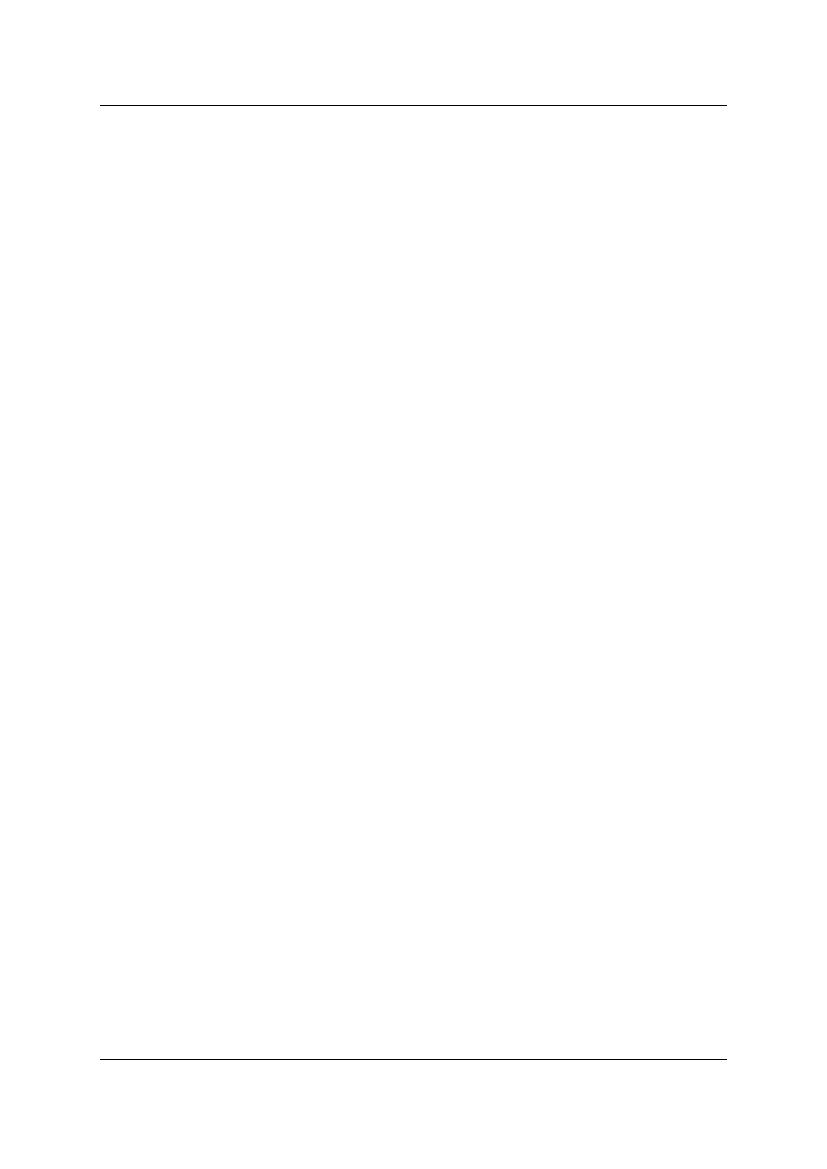
Intermediate Equipment Handbook
Intech Associates
STEP BY STEP instructions for using the cost model
Select the 3 sheets (1, 2 & 3) appropriate for the piece of equipment to be costed.
The initial stages of the costing (sheets 1 & 2) are carried out in US$. The calculations
on part of the 3rd sheet can be carried out in either US$ or continued in the local
currency. For some small or unpowered items of equipment a simplified daily, rather
than hourly, cost rate is used throughout.
SHEET 1 & 2
For the selected item of equipment determine the hourly cost of
depreciation/replacement (Sheet 1) and finance (from Sheet 2). These cost figures are
to be inserted on Sheet 3 in the boxes C1 and C2 respectively using the following
method.
1. Predict the average utilisation of the piece of equipment in hours/year.
2. Predict the economic life in years of the equipment in ownership between initial
purchase and expected date of disposal. The system allows for purchase new or
second hand and disposal before or at the end of its useful life.
3. From Table A1 read off the depreciation/replacement charge in US$ per hour
according to the selected utilisation and economic life. This is the cost of using
up the investment or life in the equipment. Circle or note the selected figure for
future reference. Insert this figure in the Box C1 on Sheet 3.
4. Select the interest rate (Table B1, B2 or B3) that most closely matches the
expected cost of finance (or opportunity cost) through the ownership of the
equipment. For other interest rates it is possible to interpolate between the
tables. Extreme caution should be used as prediction of future interest rates is
extremely problematic. Interest rates should include allowance for arrangement
fees and any other special charges added to the cost of arranging or servicing a
loan.
5. From Table B1, B2 or B3 read off the finance charge in US$ per hour according
to the selected utilisation and economic life. Circle or note the selected figure for
future reference. Insert this figure in the Box C2 on Sheet 3. This is the cost of
obtaining the funds to invest in the equipment. Alternatively if you already own
the equipment or have the funds to purchase it, this is the opportunity cost of the
capital; if you invested that money elsewhere it could represent the interest or
return you should obtain by investing the capital.
Particular care should be taken in selecting the interest rate. If finance is used,
the actual rate, whether in local or foreign currency should be used, as this is
what the financing institution will charge. However, where currency exchange
rates are expected to fluctuate an allowance should be made for this risk.
October 2012
46